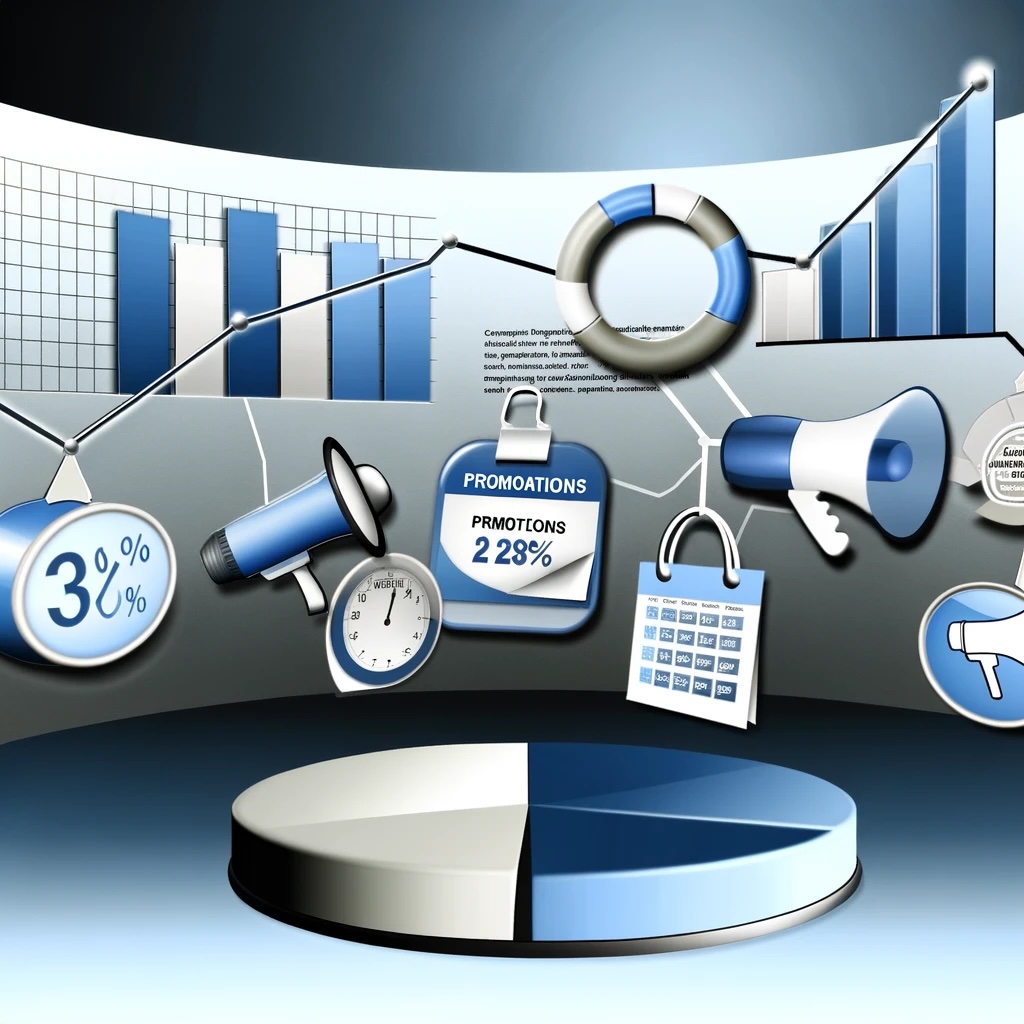Celebrity endorsements might make products appear irresistible, but the reality is much harsher. With over 70% of celebrity food and beverage brands failing, it’s clear that star power alone isn’t enough to guarantee success. From Kylie Jenner’s Glow to Jason Momoa’s Mananalu Water, many celebrity ventures have fizzled despite the fame backing them. Dive into the reasons behind these high-profile flops and discover what it truly takes for a brand to succeed in the competitive market.
Why should businesses consider using promotions?
Promotions are an influential business tool crucial for driving growth, significantly when market conditions such as economic downturns or competitive actions depress demand. Their strategic use, however, raises several important questions regarding their implementation and impact:
1. Long-term Impacts: Promotions can affect brand perception over time. While they can provide a short-term sales boost, there is a risk that customers may begin to associate the brand with discounts, potentially undermining its perceived value. It’s vital to manage the frequency and depth of promotions to maintain brand integrity. Additionally, the type of promotion—whether it’s a price discount, a buy-one-get-one-free offer, or limited-time merchandising—can have different impacts on how consumers perceive the brand.
2. Profitability Factors: Determining the success and profitability of a promotion involves several crucial elements. Firstly, selecting products for promotion should align with strategic business objectives, such as clearing inventory or promoting new products. The discount level must be enticing enough to drive increased volume but not so deep as to erode overall profitability. Timing is also essential; promotions should ideally be planned during peak buying times or to counteract expected slumps in sales.
3. Consumer Behavior: Continual promotions may train consumers to wait for sales before purchasing, potentially harming regular sales cycles and profitability. Understanding consumer purchasing patterns and elasticity is crucial to designing promotions that stimulate additional purchases rather than just shifting the timing of inevitable purchases.
4. Pricing Strategy: Comparing a consistent low-price strategy with frequent promotions raises the question of brand positioning. Consistently low prices might attract a certain market segment but could limit profit margins. In contrast, strategic promotions can create excitement and draw in a broader audience, potentially increasing overall revenue despite the reduced prices during promotional periods.
5. Competitive Dynamics: If competitors are also running promotions, the effectiveness of one’s promotional strategy may be diminished. It’s important to monitor competitor activities and potentially offer unique or more attractive promotions that distinguish your brand from others in the marketplace.
Promotions can be beneficial or detrimental, profitable or costly, depending on various factors like price positioning, industry characteristics, and market dynamics.
Objectives of Promotions:
Promotions are proactive pricing actions, often paired with advertising and limited by time and inventory, designed to offer prices that attract consumers based on their expectations. They serve multiple purposes:
Launching: New products or services often require significant promotional efforts to gain market exposure, educate consumers, and encourage trial usage. The aim is to accelerate the market acceptance process and shorten the time to profitability.
Sales: For perishable or seasonal items, promotions can help manage inventory by increasing sales volume before goods become unsellable. This is often seen in industries like fashion or grocery stores, where old stock needs to be moved quickly.
Stimulation: In times of low demand, whether due to seasonal fluctuations or economic conditions, promotions can stimulate interest and encourage purchases. This can help maintain cash flow and customer engagement during otherwise slow periods.
Value of Promotions:
The strategic value of promotions must be evaluated against long-term price positioning and industry-specific market conditions. Industries with high fixed costs and seasonal demand may benefit from structured promotional strategies during low-demand periods, while industries with inelastic demand may find promotions less beneficial.
Effective promotion management follows a cycle of:
1. Planning: This phase involves setting clear objectives for the promotion, defining the target audience, selecting products, deciding on the type and size of the discount, and aligning promotional activities with overall marketing and sales strategies. Budgeting for the promotion is also critical here, including estimating costs related to marketing and additional operational demands.
2. Execution: Effective execution ensures that all elements of the promotion are launched as planned. This includes coordination across departments, ensuring that marketing materials are released on time, sales staff are briefed, and inventory levels are managed to meet anticipated demand increases.
3. Measurement: Post-promotion, measuring success against the original objectives is essential. This includes analyzing sales data, customer engagement metrics, and any changes in market share. This phase should also assess the promotion’s impact on non-participating products.
4. Learning: Insights gained from each promotion should be documented and used to refine future promotional strategies. This involves understanding what worked, what didn’t, and why to continuously improve the effectiveness of marketing investments.
Critical Variables in Promotion Planning:
- Promotion Parameters: These include the list of products, discount rates, inventory volumes, timing, sales channels, and budget allocations for advertising and operational costs.
- Promotion Assumptions: These are factors outside direct control but crucial for planning, such as expected sales of promoted and substitute products and price elasticity of demand.
- Budget: Pre-promotion estimates of financial outcomes and qualitative benefits, including expected incremental sales, ROI, and impacts on related product categories.
- Promotion Results: Post-promotion analysis should measure direct and Indirect effects on sales, revenue, margins, customer sentiment, and loyalty.
In conclusion, while promotions can drive short-term sales and market exposure, they must be carefully managed to avoid detrimental effects on brand perception and long-term profitability. Companies, especially in the consumer-packaged goods (CPG) sector, such as beverages or snack foods, should weigh these factors meticulously to craft promotions that truly add value to their business strategy.
For more information about how Cascadia Managing Brands can help your brand, please visit www.Cascadiafoodbev.com.







